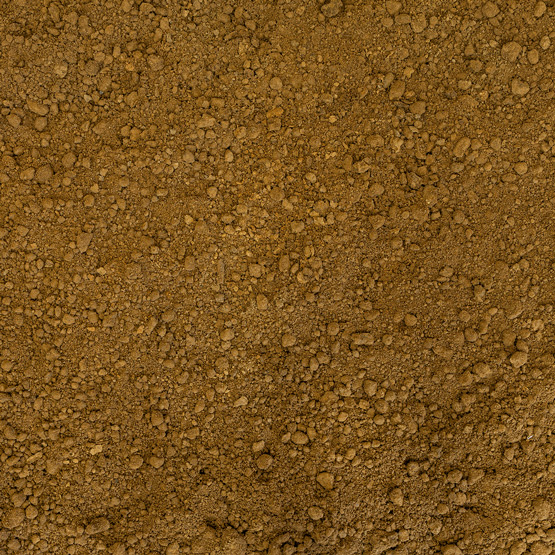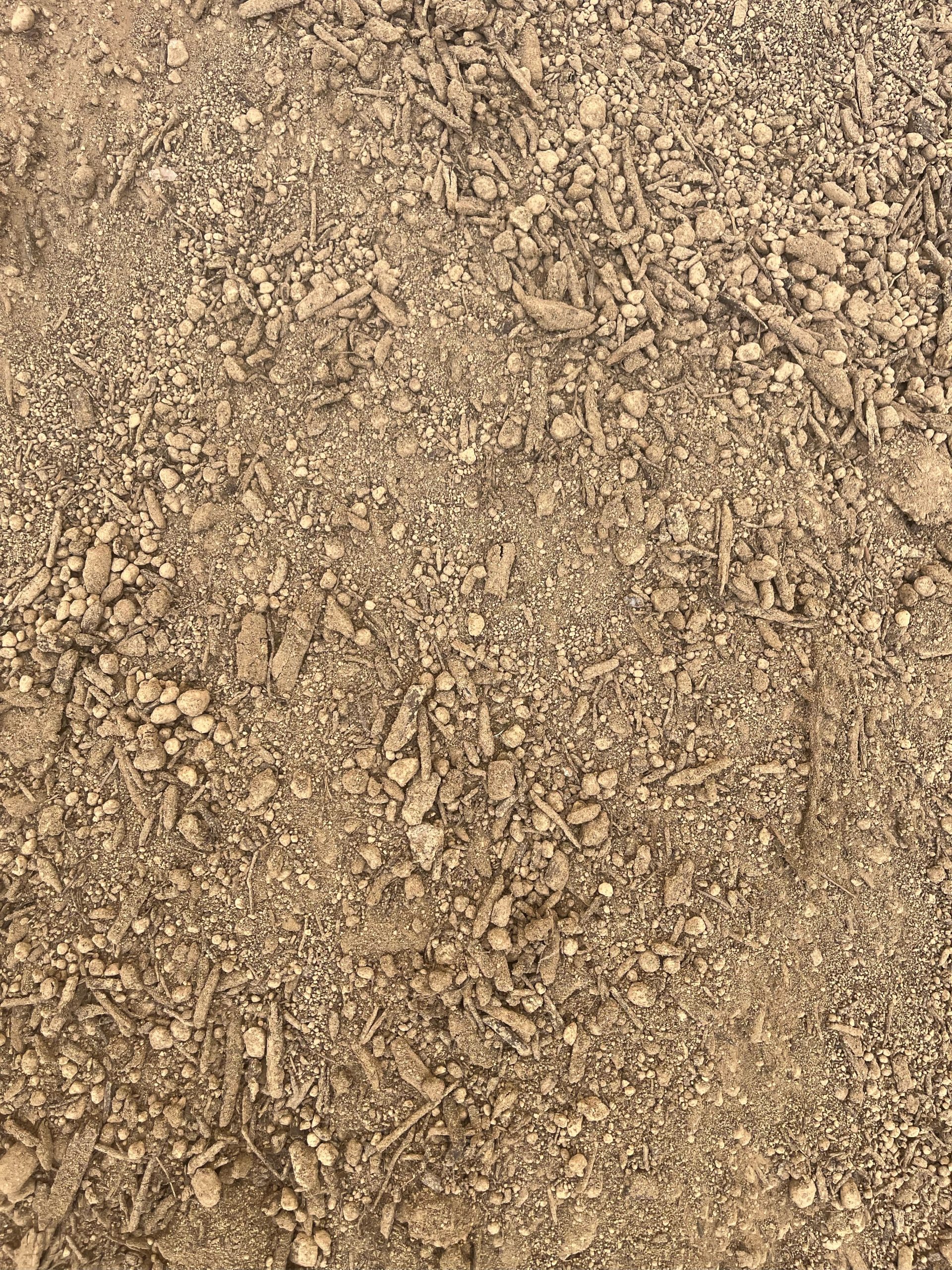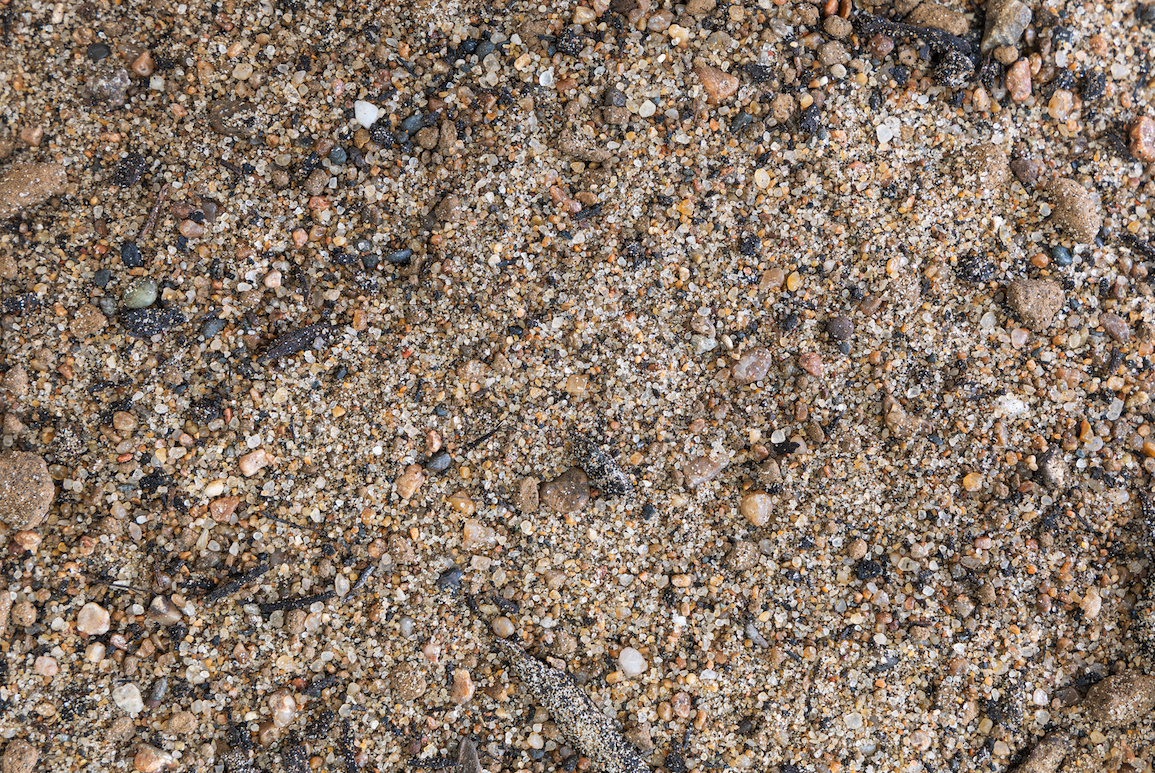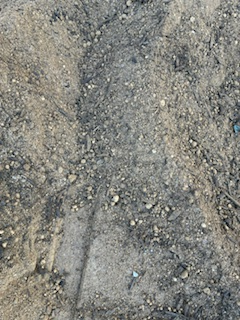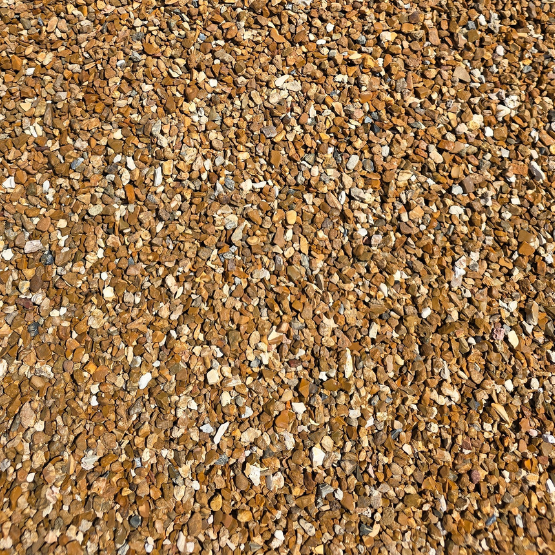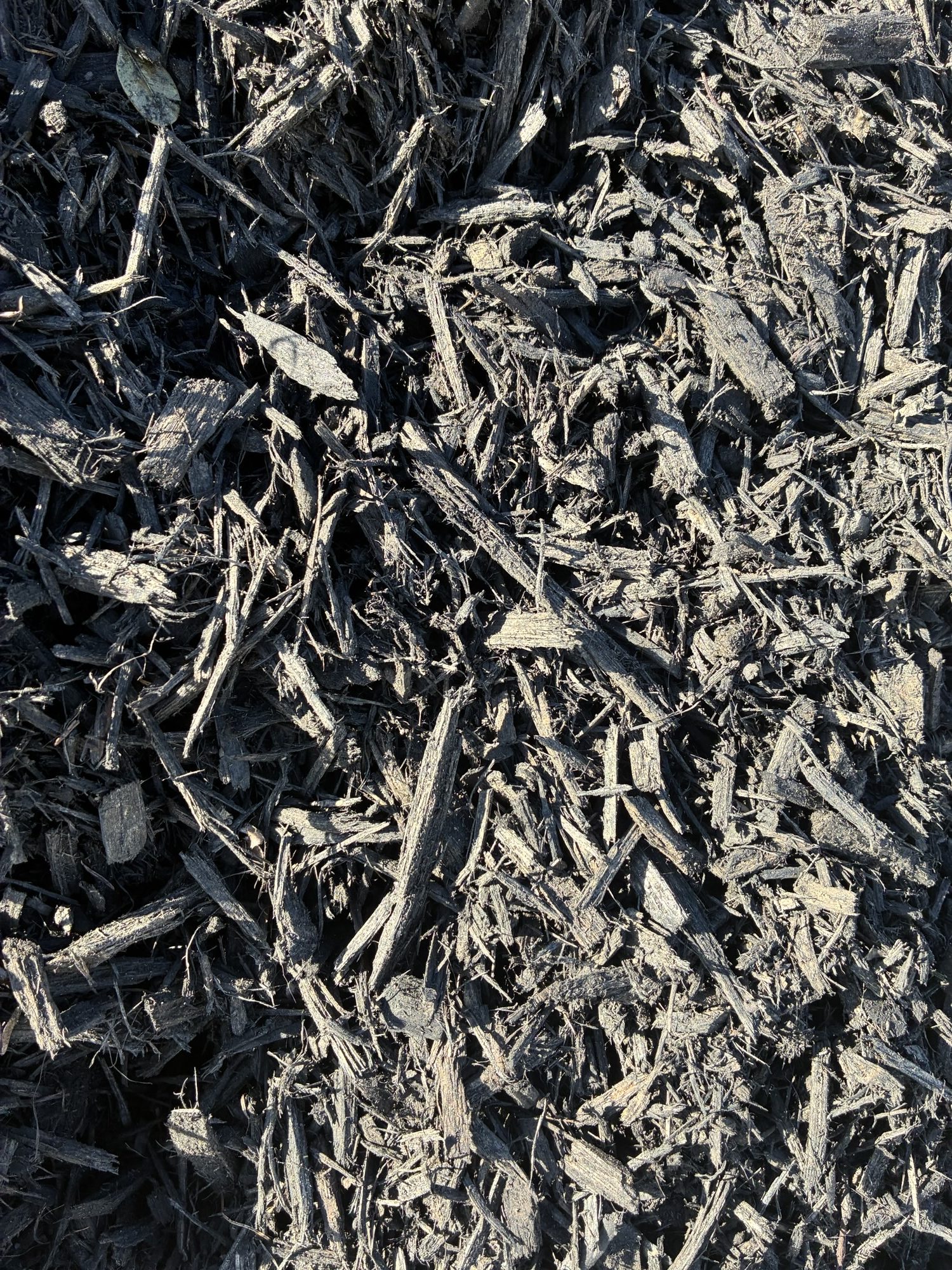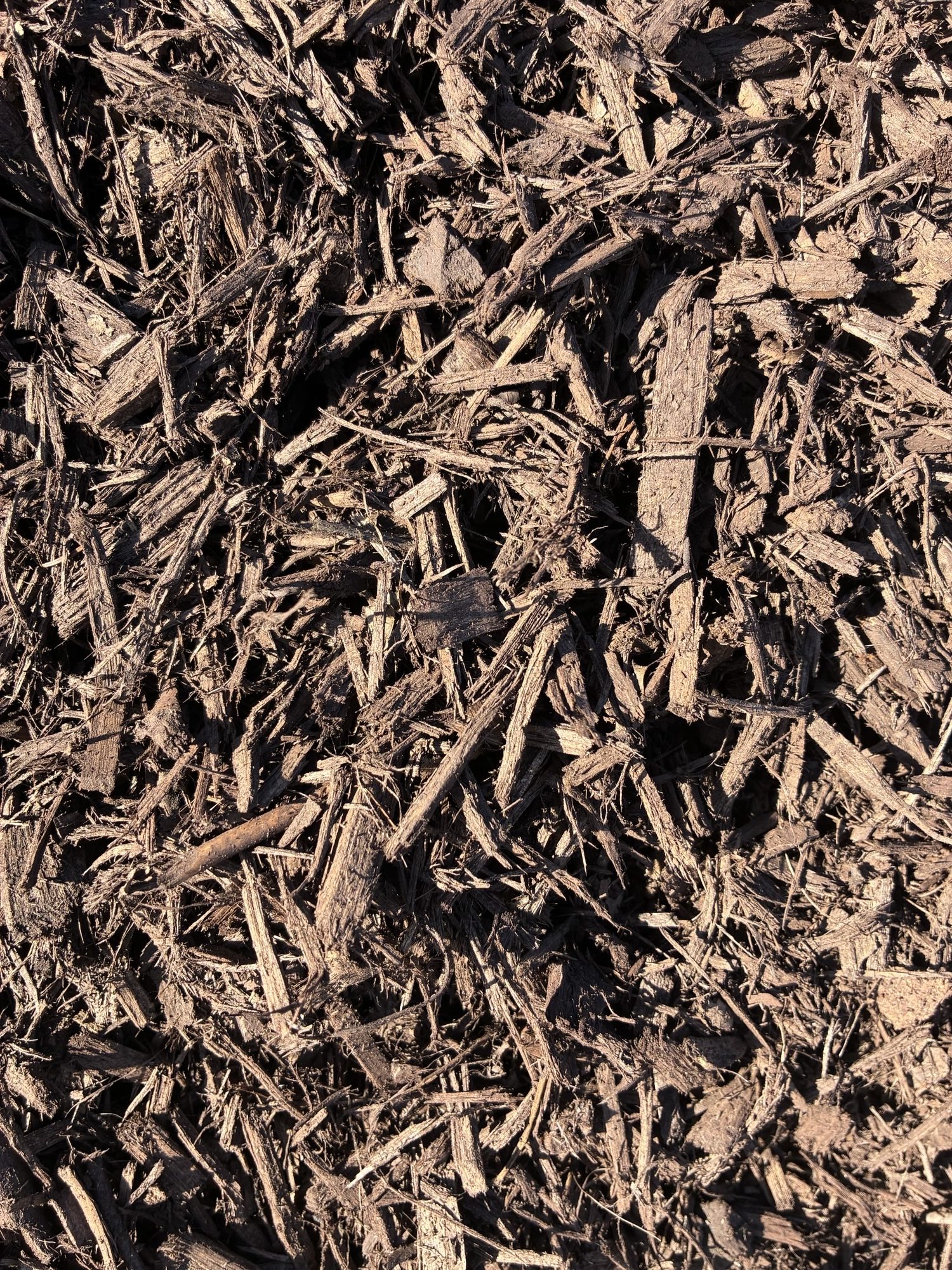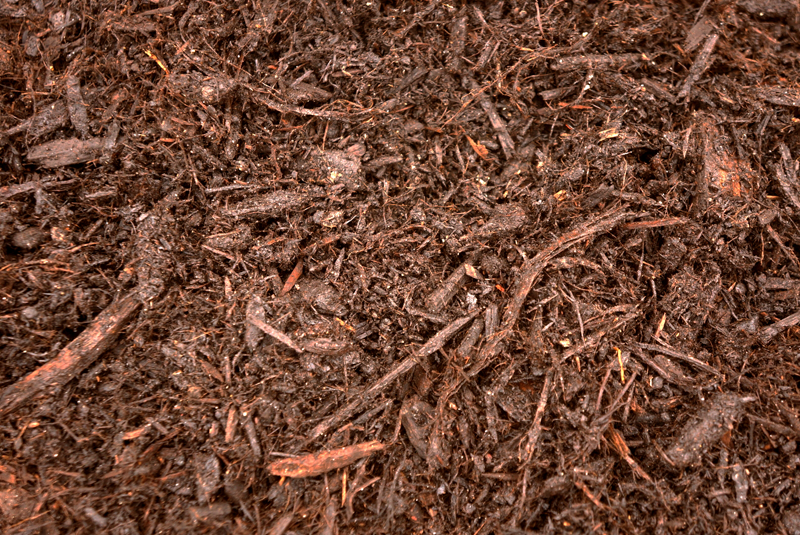Healthy Roots Start with Quality Topsoil
OUR ST. LOUIS TOPSOIL
Silt loam soil is often considered one of the best types of soil for various agricultural and gardening purposes due to its balanced texture and optimal physical properties. Silt loam soil is highly regarded due to its balanced texture, water retention and drainage properties, nutrient availability, aeration, workability, ease of root penetration, and erosion resistance. Learn more
Here are the key reasons why silt loam soil is highly regarded:
- Balanced Texture – Silt loam soil contains a mix of sand, silt, and clay particles, with silt being the dominant component. This balance provides a good structure that supports root growth and water infiltration.
- Water Retention and Drainage – Silt loam has a high capacity for holding water while also allowing excess water to drain away. This prevents waterlogging, which can damage plant roots, and ensures that plants have consistent access to moisture.
- Nutrient Availability – The balanced texture of silt loam helps in retaining nutrients better than sandy soils while being more accessible to plant roots than clay soils. This makes essential nutrients readily available for plant uptake.
- Aeration – The fine particles of silt loam allow for adequate air spaces within the soil, promoting good aeration. This is crucial for root respiration and the health of soil microorganisms that contribute to soil fertility.
- Workability – Silt loam is relatively easy to till and work with compared to heavier clay soils. It is less likely to form hard clumps and crusts, making it ideal for planting and cultivating crops.
- Root Penetration – The structure of silt loam allows roots to penetrate easily and spread out, which supports better plant growth and stability.
- Erosion Resistance – While silt loam can be susceptible to erosion, it is generally more stable than sandy soils. Proper management practices, such as cover cropping and mulching, can further enhance its resistance to erosion.


